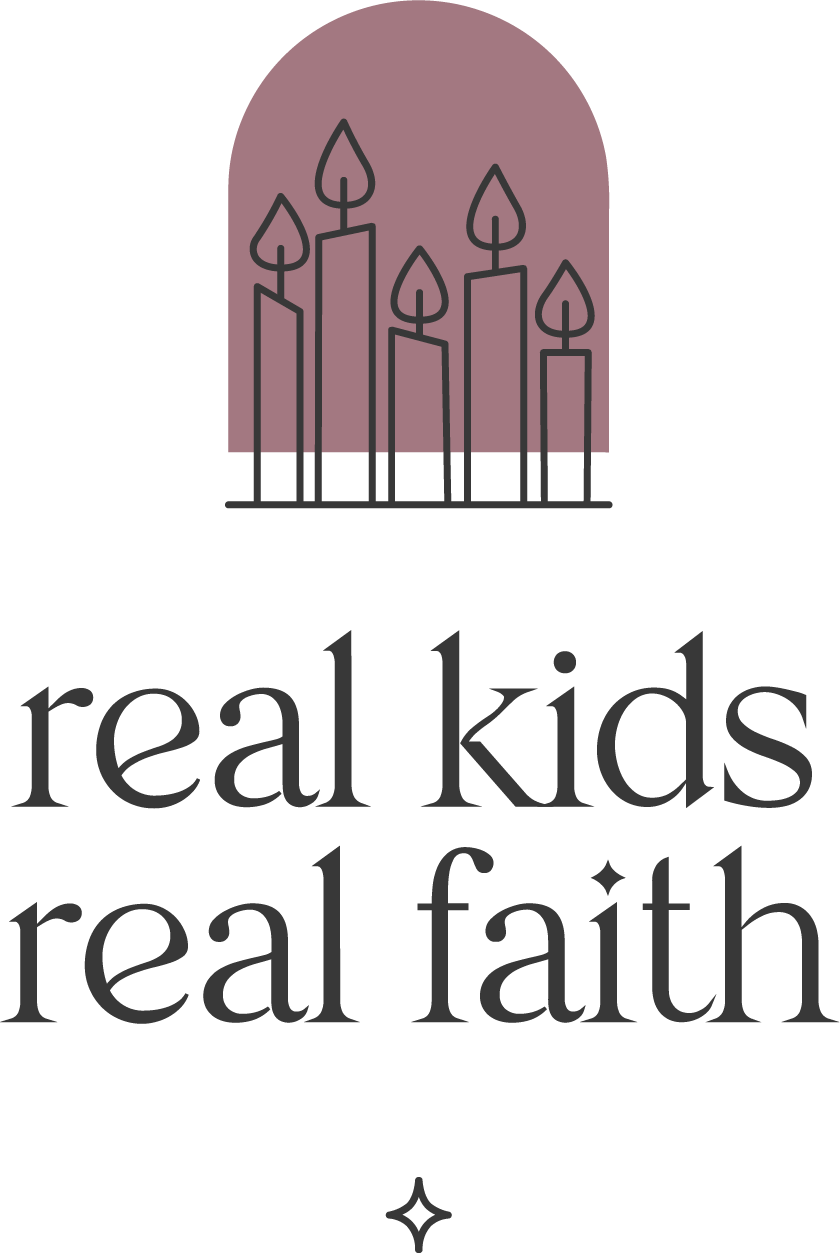Asking “why?” is stereotypical behavior for two-year-olds. Parents and caregivers lament the seemingly incessant queries of young children and laugh about the awkward timing of questions about intimate subjects. Who hasn’t been caught out by a loud request for information about something we’d rather not discuss in public? Children’s ‘whys’ can be exhausting and embarrassing.
Yet curiosity is a key aspect of children’s learning. Wondering about how the world works is essential to developing critical thinking skills. Asking questions demonstrates that kids are trying to make sense of what they experience. It shows that they are paying attention to what is happening around them and recognize they need more information to explain what they see.
So how might we champion and channel some of their inquisitiveness? One option is to create a wonder wall.
A wonder wall is a dedicated space where family members share their questions. It might be a bulletin board near the dining area, the door of the fridge, or a poster board propped on a shelf. It needs to be someplace that encourages family members to interact with it on a regular basis, so find a space that fits your lifestyle.
To draw attention to your wonder wall, outline the space with a colorful border and/or label it using letters printed in a fun font. Attach a container for sticky notes in multiple colors or provide strips of paper with “I wonder…” written on them. Place another container with markers, colored pencils, or crayons nearby for writing questions and a roll of tape or box of tacks or magnets for attaching non-sticky items to the wall.
Get your wonder wall rolling with an initial wondering session. Invite each family member to write down 2-4 questions they have about any subject. A four year old might wonder how the oven works, why turtles move so slow, or when it might snow again. An preteen might ask why people continue to pollute waterways and wonder whether it’s fair that some people are treated differently because of race or gender. Adults might question how gas mileage is calculated or whether increasing ozone levels affect the likelihood of seeing a rainbow.
Once you have several queries on your wonder wall, pick one or two questions to explore together for a week or month. Begin by sharing ideas about possible answers. This kind of ‘guesswork’ invites children to evaluate the knowledge they already have and how they might use it in response to another topic.
Then give each person a research task. One family member might conduct an online search for information. Another might check out a storybook from the library for the family to read together. Young children might draw pictures of family members’ guesses and then help sort information into categories that support one response or another. Older children might create presentations or storyboards that depict a problem and its solution.
Post your responses on your wonder wall or move answered questions to a separate notebook with a page for each query. You might even organize your questions thematically to make it easier to add related material to the same section later. Plus, if you learn something new about a topic weeks or months later, you can update your answers!

Comments